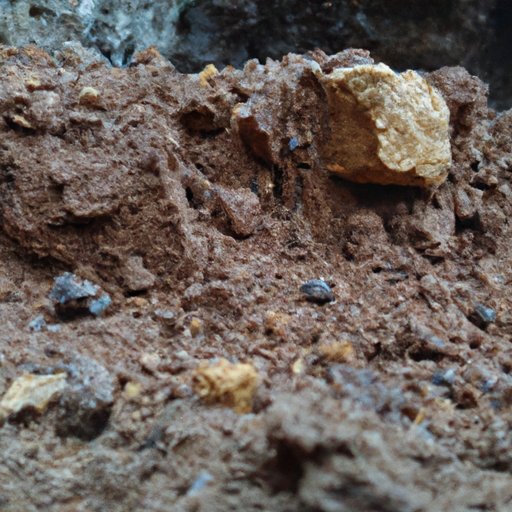Introduction
An earth science teacher is a professional educator who specializes in teaching students about the planet and its environment. These teachers provide students with a comprehensive understanding of earth sciences, including geology, meteorology, oceanography, and more. Becoming an earth science teacher requires knowledge of the subject matter as well as the ability to teach effectively. In this article, we will explore the requirements and steps needed to become an earth science teacher.
Research Educational Requirements
The first step in becoming an earth science teacher is to research the educational requirements in your state. Generally, you will need to earn a bachelor’s degree in earth science or a related field, as well as complete any required courses and credits for teacher certification. You may also need to obtain a master’s degree in education or a related field in order to be eligible for certain positions.
In addition to completing your degree program, you will need to meet your state’s licensing and certification requirements. Each state has different requirements, so it’s important to research the specifics in your area. For example, some states require a minimum GPA and specific coursework while others require additional exams or certifications.

Build Background in Earth Science
Once you have researched the educational requirements, the next step is to build your background in earth science. You should take courses in the various subfields of earth science, such as geology, meteorology, oceanography, and more. Additionally, you should consider taking courses in related fields such as biology, chemistry, physics, and mathematics. Having a strong background in these subjects will help you to better understand the material that you are teaching.
It is also important to gain hands-on experience in earth science. Consider volunteering or interning at a local museum, university, or research center. This will give you the opportunity to work directly with experts in the field and gain valuable insight into the subject.

Develop Understanding of Teaching Methods
In addition to gaining knowledge of the subject matter, you will need to develop an understanding of teaching methods. To do this, you should take courses in educational theory and practice, as well as become familiar with current teaching strategies and techniques. You should also become familiar with the state-specific standards for teaching in your area. This will ensure that you are able to teach effectively and meet all necessary requirements.
Obtain Teaching Certification
Once you have completed your educational requirements, you will need to obtain teaching certification in order to become an earth science teacher. The process for obtaining certification varies by state, but generally involves passing an exam and submitting an application. Once you have obtained certification, you will be able to apply for teaching positions in your field.
There are several benefits to obtaining teaching certification. It demonstrates to potential employers that you have the knowledge and skills necessary to teach effectively. Additionally, certification can open up opportunities for advancement within the profession, as well as higher salaries.
Connect with Other Earth Science Teachers
Finally, it is important to connect with other earth science teachers. This will allow you to learn best practices from experienced professionals in the field. Additionally, there may be networking opportunities available through professional organizations and conferences.
Conclusion
Becoming an earth science teacher requires knowledge of the subject matter as well as the ability to teach effectively. The first step is to research the educational requirements in your state, then build your background in earth science by taking courses and gaining hands-on experience. Additionally, you should develop an understanding of teaching methods and obtain teaching certification. Finally, connecting with other earth science teachers will allow you to learn best practices and network with professionals in the field.
(Note: Is this article not meeting your expectations? Do you have knowledge or insights to share? Unlock new opportunities and expand your reach by joining our authors team. Click Registration to join us and share your expertise with our readers.)
